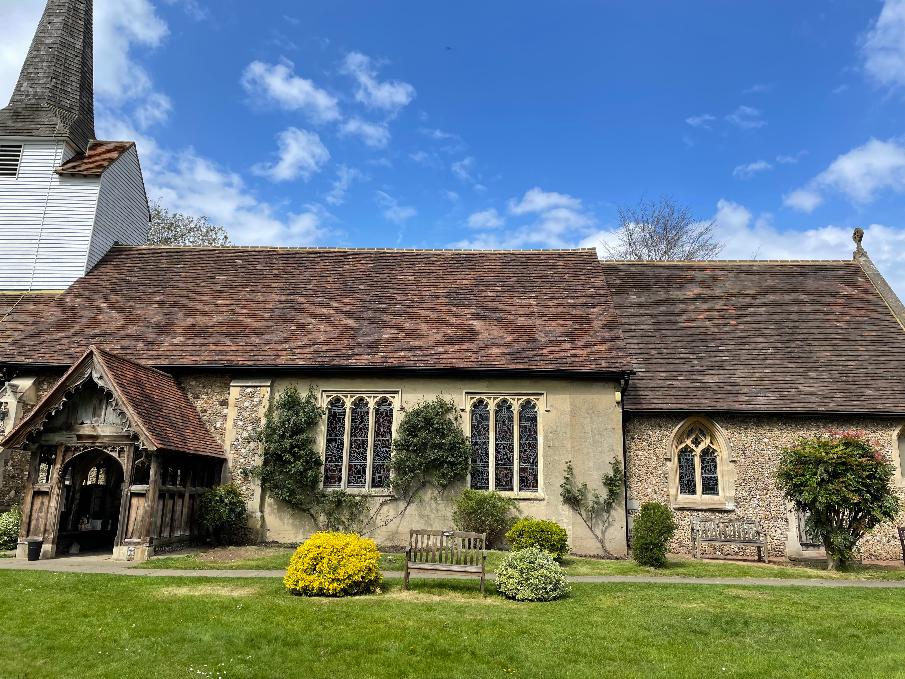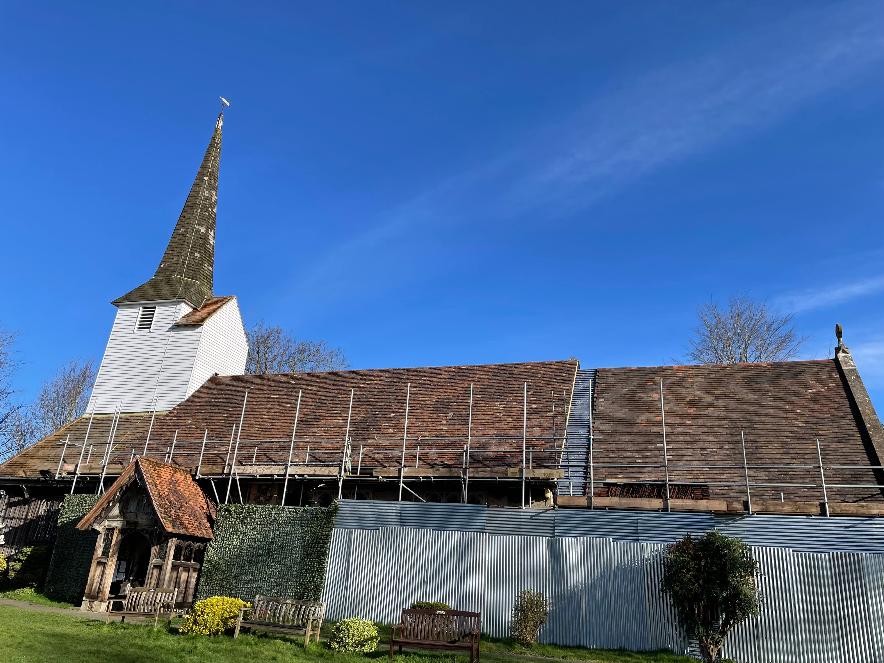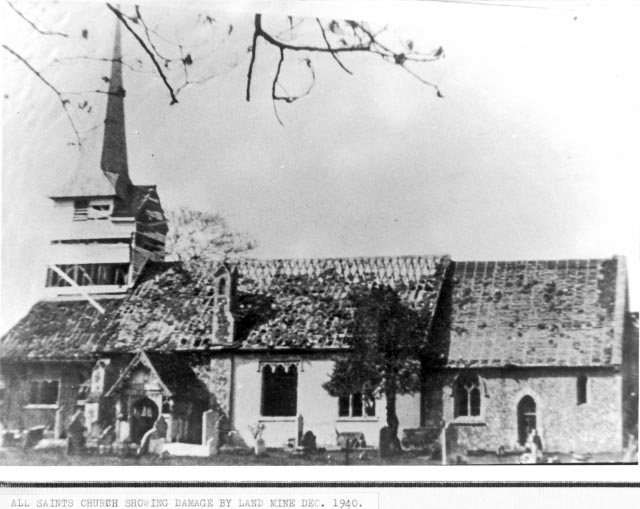Main roofs repaired and ready to face many more decades of extreme weather

After seven months of highly skilled work, the work on north and south faces of the Nave and Chancel roofs is complete
July 2024: Thanks to months of work by expert craftsmen, both the the south and north faces of roofs over the Nave (above the congregation) and the Chancel (above the altar and choir) have been fully repaired and can be expected to be fit for many decades to come.
The challenge for restoration of any Grade 1 listed building is to make it look as it once did. This involved stripping all the tiles, discarding those that were unfit for reuse. Then the old rotting end beams and all the battens had to be taken down. And remnants of felt had to be removed.
Most of the beams were in good order, but work was needed in the corners where damp was getting in. The roofers' time-proven skills came to the fore with methods to ensure that the new beams should stay dry for many years. Repairs also included some gutters (with thanks to a contribution by the Friends of All Saints' Church) and hoppers, plus some stonework.
For re-roofing, we managed to retain some of the old tiles but most are comparatively newer reclaimed hand-made tiles from another site - which blended in well with their predecessors.

Alongide att this work there were several surveys checking for bats, with none found inside the main body of the church and only one or two reported from the ridge line. Added to this, no sign of bats were found during the roof clearance. Nevertheless we agreed to place six bat boxes on trees in the lower graveyard. All this followed many months of consultations with our long-serving architect, roofers, the Diocesan Advisory Committee, and bat consultants (plus Historic England and Natural England) keeping an eye on us.
BACK IN TIME: Step back nearly four years to the gusty day when a 2m row of tiles slipped on the Chancel roof. Checks revealed that roof repairs after the nearby 1940 landmine explosion had been done while facing a post-war shortage of key materials. See the image below for the wartime damage.

In short we discovered that the roofs over the Chancel and the Nave had little or no waterproof underfelt, the wooden battens were untreated and rotting, and even the nails were poor quality and rusting through.
IN CONCLUSION: One of the biggest – and most frustrating – challenges of maintaining a Grade 1 listed church is spending a six-figure sum for a repair designed to be as unobtrusive as possible when complete. But you can now admire how it has mostly appeared for centuries - and can now be for many more years.
* If you wish to help with our ongoing maintenance costs – in conjunction with the Friends of All Saints’ Church, mail Martin King if you can help.
---
